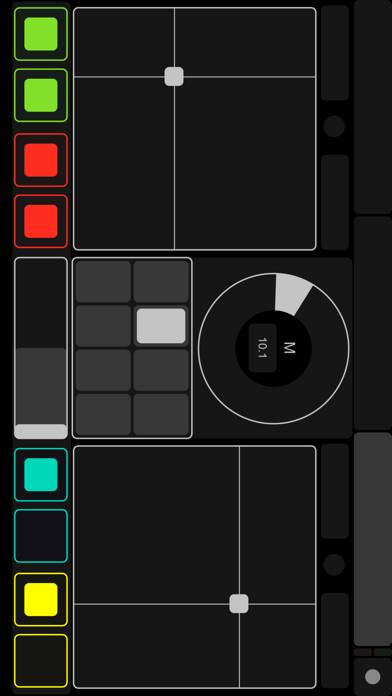

Models are presented that predict perceived source localization and spectral coloration for the purpose of evaluating navigational techniques for higher-order ambisonics. Consequently, acoustic control over these parameters will increase psychoacoustic control concerning perceived source extent in audio systems. The results indicate that these parameters might have a relevant effect on perceived source extent as well. The combination of weighted interaural phase differences in the sensitive frequency region together with the number of partials in the quasi-stationary part of instrumental sounds shows significant correlation with the actual source extent of musical instruments.

By means of multiple linear regression, the physical source extent is predicted by sound field quantities. Here, monaural and binaural sound quantities are calculated. The radiation characteristics of 10 musical instruments are measured at 128 angles and the radiated sound is propagated to potential listening positions at 3 different distances. After the review of the literature an investigation is introduced. Source width in music recording and production practice in stereo and surround as well as in ambisonics and wave field synthesis are addressed.

In this chapter perceived source width in psychoacoustics and apparent source width in room acoustical research are revisited. It is influenced by the sound radiation characteristics of the source and by the room acoustics and restricted by masking and by localization accuracy. In contrast to that, perceived source width is a matter of psychological organization of sound. Source width of musical instruments, measured in degrees, is a matter of source extent and the distance of the observer. Finally, a glimpse into the extension of the proposed method to create three-dimensional measurement-based Ambisonic reverberation is discussed. Experimental results are provided and show good agreement with the theory. Practical considerations such as Ambisonic room response estimation and robustness of the method are investigated.
#Plogue bidule review free#
Method is efficient and can reduce the reproduction error to -14 dB in the reconstruction area defined in free field. Simulation results are presented in frequency, space, and temporal domains over a wide-range of frequencies. A crossover and cross-order method is proposed to circumvent this problem and to reduce the amount of necessary regularization. Their design requires the inversion of a matrix which can be ill-conditioned at low frequencies and for higher Ambisonic orders. The compensation filters are designed to operate in the spherical harmonics domain, prior to the decoding step. A multichannel room equalization method for Ambisonic playback systems is proposed. This paper investigates the compensation of room reflections based on Ambisonics.


 0 kommentar(er)
0 kommentar(er)
